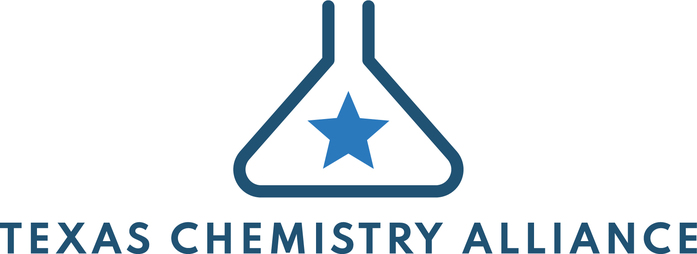Complete Story
12/14/2018
LyondellBasell’s CEO Talks About the Risk that Paid Off
| LyondellBasell Chairman & CEO Bob Patel |
Bob Patel, chairman and CEO of Houston petrochemicals maker LyondellBasell, joined the company in 2010 after 20 years at Chevron Phillips Chemical Co. At the time, LyondellBasell had been in bankruptcy for more than a year, fighting to restructure after a leveraged buyout in 2007 that merged Lyondell Chemical of Houston and Basell of the Netherlands.
He helped consolidate and reorganize operations in the U.S. and Europe as the company worked to boost the capacity of its plants along the Gulf Coast as hydraulic fracturing in West Texas took off, unleashing a steady stream of low-cost natural gas feedstock for petrochemicals production.
When he became chief executive in 2015, he crafted a more ambitious growth strategy to answer the key question on the minds of the company’s board and shareholders: What’s next? The plan crossed a major milestone this year with the company’s $2.25 billion purchase of Ohio plastics maker A. Schulman, its first major acquisition since the bankruptcy. It also began construction on a $2.4 billion plant in Channelview, its largest to date.
Q: What were some of the challenges of rebuilding this company after it emerged from bankruptcy?
A: “It was a ton of risk I took at the time to join a bankrupt company. I didn’t know when we would emerge.
We had a lot of restructuring work to do, but we were able to complete the restructuring fairly quickly. We could see shale gas coming and asked ourselves how we could take advantage of it. To build new plants was not possible, so we chose incremental de-bottlenecks to increase production capacity at our existing plants.
If you fast-forward to January of 2015, when I became CEO, we were a very successful company, but at the time, we still didn’t have the capability to build or buy. We worked to build up the resources to build new plants.
We also didn’t have any active M&A projects. We have tons of experience in that, but we needed experience in the front end of the transaction in putting a deal together.”
Q: LyondellBasell is now building major projects in La Porte and Channelview, and it’s considering building another along the Gulf Coast in the coming years. Do you see physical expansion as a key part of the company’s growth strategy?
A: “We’re doing this because it will make us a stronger and more competitive company for the long term. We’re not doing it just so we can get bigger; bigger doesn’t necessarily make you better. But when you invest based on having a technology advantage, or a feedstock advantage, and you build where you have existing infrastructure, then you start to become more competitive.
When I became CEO, I wanted to make sure we had a strategy where we were going to build new plants very regularly. If we were only going to do one or two, that’s not something you want to staff up for and then have to demobilize on the other side and have a bunch of layoffs.
Having a multi-decade strategy with a steady pace of organic growth was very critical. My first 18 months was about that, making sure we developed a thoughtful strategy. Then it was about getting the stakeholders to agree on that long-term plan.”
Q: What’s your strategy when it comes to M&A?
A: “M&A is opportunistic by its very nature. First of all, it has to fit our strategy. We are a commodity chemical company, and we are not confused about that. Sometimes, a company want to be in specialties and commodities, and for us, what we’ve concluded is you can’t really do both well. We are very comfortable with competing in the commodity chemicals space, but what that takes is a very intense operational focus.
You have to have best safety record, you’ve got to have great operational reliability, and you’ve got to watch your costs all the time because it’s a cyclical business. If you know what it takes to be a winner in the space, then the opportunistic part of M&A becomes more clear. You know what you’re solving for. Then I ask myself, after all of the strategic questions, can we run the assets better than the current owner? We want what I call good bones. We want really good assets.”
Q: How do you expect the trade war with China, as well as the tariffs on aluminum and steel imports, to affect your industry?
A: “You can think about it in two time frames. In the near to medium term, I think the impact will be minimal. Trade patterns could shift. For example, if one of our products is being exported from here to China and that product will now have a 25 percent tariff, it could be that the customer in China will import it from somewhere else. If they go to another source, they’ll likely have to pay more.
I think that one of the implications here is that the cost of some these things in China will go up incrementally. Longer term, as we think about building new plants here in the U.S., I think one of the things we have to factor in is if we’re building for exports and the drive for global demand is coming from China, we would consider whether this is the right place to build for the next plant.
Steel costs will also rise as a result of the tariffs. If our plant costs 3 to 5 percent more to build because of the higher costs of steel, we have to factor that into our thinking. One of my concerns longer term is that the tariffs could offset some of the advantage we enjoy with cheap natural gas in the U.S. It could sort of normalize that, and all of a sudden, it’s not as much of an advantage.”

